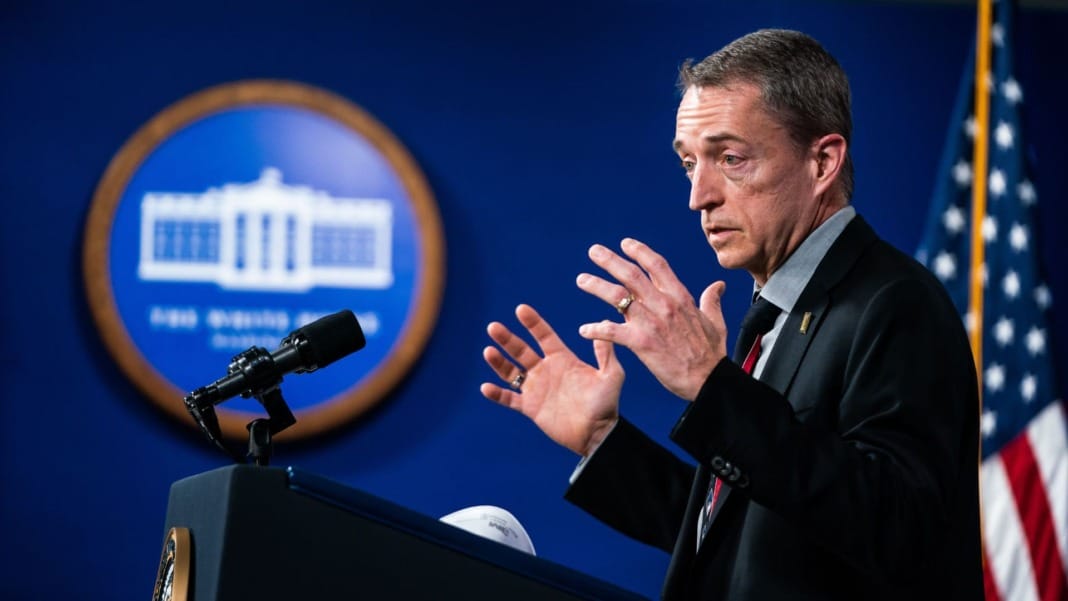In response to ongoing financial struggles, Intel has revealed plans to lay off more than 15,000 employees and halt all non-essential work. This bold move aims to save the company US$10 billion by 2025.
Major workforce reduction
Intel will reduce its workforce by over 15%, equating to more than 15,000 employees losing their jobs over the next few months. This step is part of Intel’s broader strategy for substantial cost savings.
Intel’s CEO, Pat Gelsinger, told employees the news in a memo. He mentioned, “We have moved our all-company meeting to today, following our earnings call, as we are announcing significant actions to reduce our costs. We plan to deliver US$10 billion in cost savings in 2025, reducing our headcount by roughly 15,000 roles, or 15% of our workforce. Most of these actions will be completed by the end of this year.”
Financial struggles
Intel’s Q2 earnings report painted a bleak picture. The company reported a loss of US$1.6 billion, a significant increase from the US$437 million loss in the previous quarter. Gelsinger stated, “Our Q2 financial performance was disappointing, even as we hit key product and process technology milestones. Second-half trends are more challenging than we previously expected, and we are leveraging our new operating model to take decisive actions that will improve operating and capital efficiencies while accelerating our IDM 2.0 transformation.”
The losses primarily come from Intel’s chipmaking Foundry business, which invests heavily in keeping pace with competitors like TSMC. However, Intel’s PC and server businesses remain profitable despite increasing challenges. Following Apple’s lead, PC manufacturers are gradually switching from Intel chips to ARM-based solutions. Microsoft’s Surface Pro and Surface Laptop recently transitioned to Qualcomm’s new Snapdragon X Elite chips.
Additional challenges and future steps
Adding to Intel’s woes, the company is dealing with a voltage issue related to its 13th and 14th Gen desktop processors, forcing it to extend warranties for these chips by an additional two years.
Apart from the layoffs, Gelsinger emphasised that Intel will become leaner and simpler by stopping non-essential work and eliminating overlapping areas of responsibility. The aim is to streamline operations and focus on core activities that drive the company forward.
These measures underscore Intel’s commitment to reversing its fortunes and navigating these challenging times. By taking decisive action now, Intel hopes to position itself for a more stable and profitable future.





